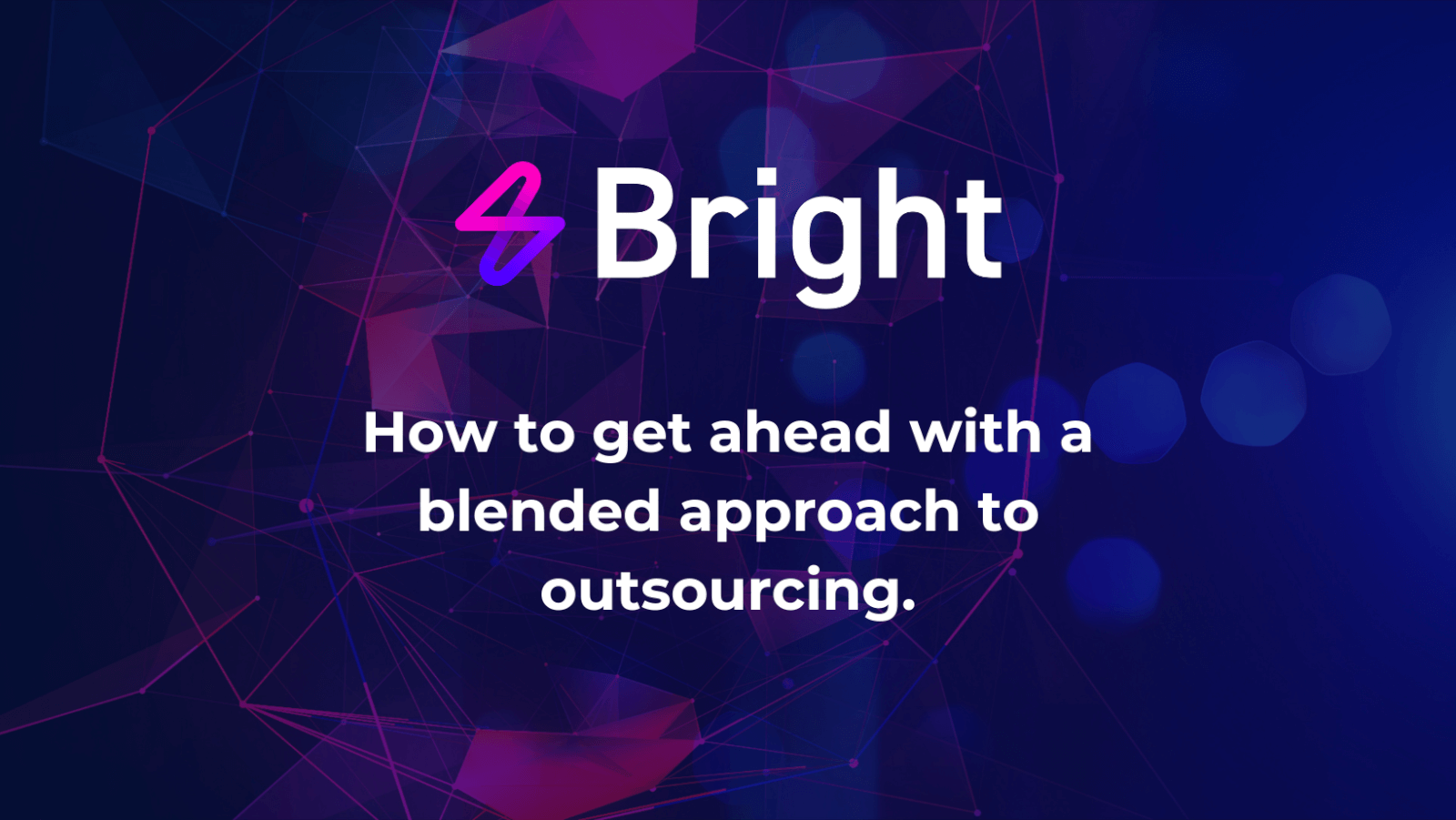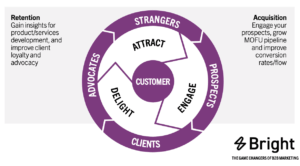How to optimise your existing marketing tools and empower your team to use them effectively through agile ways of working
The world of martech (marketing technology) can be quite a murky place. What tools are out there? Which ones are best for your needs? And how do you make them work for you to achieve your goals? Let’s wade through the muck to find the answers.
Picture this: You’ve got data spread across your organisation in various CRMs, data lakes and even a few Excel sheets. To put it plainly, your data has more duplicates than an identical twin convention – but you know there’s valuable customer and prospect data hidden deep within, just waiting to be utilised. If only you had the tools to get it all in order, you’d be the marketing Rockstar of your organisation!
And so begins your quest for the latest and greatest martech tool, suffering through demos with approximately 34 different sales reps. They make each tool look better than the last and you agree that you would like to use every single one. But, here’s the catch – you don’t actually need them. Well, not all of them at least.
Evaluate your existing tools
Like the old adage that your mother used to say, “we have food at home” – or in other words, take a look at what you already have, then decide what you really need. So, before you go on that endless hunt for a new marketing tool, make sure you’re really making the most of your current tools and take a real look at the goals you want to achieve. To do this properly, there are two crucial places to start: data and education.
1. Get your databases clean, up to date, and most importantly, compliant, before deciding on your next steps, or you risk falling into the same pitfall as many organisations before you. You’ll take your bad data from one tool to the next which then won’t deliver any tangible business benefits, because guess what? The data you’re feeding it is terrible. You’ll need a solid foundation to clean your database – clear targeting criteria and personas.
2. The next step is to make sure your team is using your marketing tech properly. Take marketing automation tools for example – we love them for the power they give us to run campaigns, send emails, create landing pages and much more with great ease. Their downside? That power is available to all your colleagues, and the temptation to abuse it is strong – why not send this email to a few more personas? Will it really hurt the click / open / bounce rate? Yes, yes it will.
And on top of that, marketing automation tools will happily put restrictions in place to stop unnecessary email sends that may hurt their bounce rates. Suddenly that great tool you had doesn’t look so shiny and bright when you have one hand tied behind your back because the new marketing intern sent the quarterly newsletter to your entire database. How can you avoid this? To quote a mid-90’s Tony Blair, ‘education, education, education’.
Inject agile into your marketing
A simple solution is to adopt agile ways of working.
With a test, learn and build approach, your team will gain the skills and know-how for using and optimising your tools properly and effectively. With an expert team you can trust, you’ll make the most of your existing tools while testing new tools with ease. What’s more, you’ll learn to integrate and maximise the value of your automation tools across your business as a team – streamlining marketing activities and delivering reports with clear KPIs.
It’s easy to assume that the perfect martech mix is only achievable with the latest top tools on the market. However, the more you invest in your current marketing tools with greater support, knowledge-sharing and training within your team, the more value your users will get out of your system – making it more effective and better performing. A winner all round. Rock on, Rockstar.

Want to learn more about agile marketing? Check out our agile marketing hubs.












